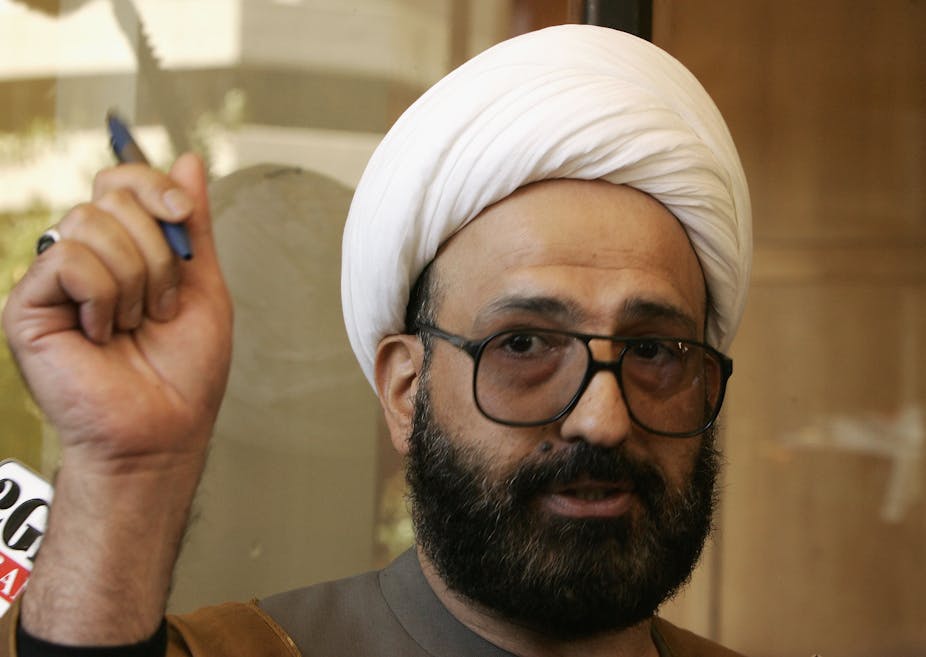When Tony Abbott was asked what he’d say to people wondering how Sydney’s siege had been allowed to happen given gunman Man Haron Monis was well known to police, the Prime Minister said cabinet’s National Security Committee had posed that very question.
“How can someone who has had such a long and checkered history not be on the appropriate watch lists and how can someone like that be entirely at large in the community?
"These are questions that we need to look at carefully and calmly and methodically, to learn the right lessons and to act upon them. That’s what we’ll be doing in the days and weeks ahead,” Abbott told a joint news conference with NSW Premier Mike Baird after briefings on Tuesday.
There are two issues, involving different institutions and agencies.
First, why was Monis out on bail when the criminal allegations against him were so serious? He was charged with being an accessory to his ex-wife’s brutal murder and with multiple counts of indecent and sexual assault.
Second, given his extremist political views were well-documented, why did security agencies – ASIO and the police – not use their powers to keep track of him?
Like Abbott, Baird was posing questions. “We are all outraged that this guy was on the street,” he said.
“We need to understand why he was. We also need to understand why he wasn’t picked up and we’ll be working closely with the federal authorities together with our own agencies to ensure what we can do better.”
Pressed on the bail, Baird said that he had already strengthened the law – although on police advice the new law was not being implemented before the end of January.
In the end the bail issue came down to court decisions.
The siege was a “lone wolf” attack, the sort ASIO fears most, in that it is hardest to detect beforehand because it doesn’t involve the “chatter” and multi-person planning that can give away elaborate operations.
While he invoked ISIL, Monis was not part of it, or in the mould of the young people who set out to fight with it.
For the national security agencies, a person like Monis presents a particular challenge in assessing whether his known radical views are likely to translate into violence.
If they have that fear, the agencies then have to decide how to proceed.
Police can seek a control order to monitor or regulate the person’s activities – which requires making a strong case of links to the threat of terrorism to get judicial approval.
Telephone calls can be monitored – not of great help if the lone wolf doesn’t engage in “chatter”.
There is the option of surveillance – but that takes very substantial resources if maintained over time, and is no absolute guarantee.
Abbott himself said that even if “this sick and disturbed individual” had been front and centre on watchlists and monitored around the clock, “it’s quite likely, certainly possible, that this incident could have taken place, because the level of control that would be necessary to prevent people from going about their daily life would be very, very high indeed”.
What to do about someone like Monis involves a complex balancing by the agencies of risks, rights, and resources. It is not a matter of powers – the authorities already have enough of those, especially with the new security legislation and more in the pipeline – but of judgement. What is the likelihood of this person turning extremist views into extremist action?
In retrospect, we know the answer in Monis’ case and the horrifying consequences of that answer. We can say that more should have been done to watch and investigate him. The point can also be made that a possible link should have been intuited between Monis’ alleged criminal violence and the potential for politically motivated violence. But then hindsight can always give a clearer view of how agencies should have assessed and prioritised risks and allocated resources.

